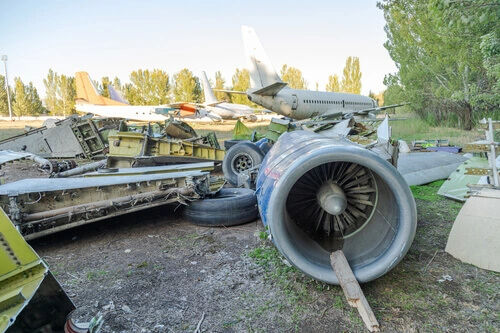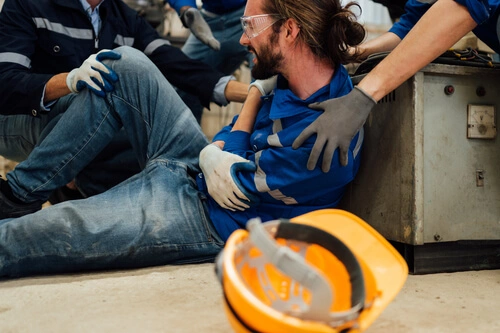The Anatomy of a Vehicle Recall
Vehicle recalls happen so often that many of them barely make the headlines anymore. But these inconvenient incidents should not be ignored for risk of injury or even death to you and your loved ones. CNN Money is reporting about a recent General Motors recall that revolves around an issue that has been plaguing the company and car owners since 2007. The company is reportedly planning to recall more than 1.4 million vehicles due to a fire risk.
The General Motors models included in this latest recall include:
- 1997-2004 Pontiac Grand Prix
- 2000-2004 Chevrolet Impala
- 1998-1999 Chevrolet Lumina
- 1998-2004 Chevrolet Monte Carlo
- 1998-1999 Oldsmobile Intrigue
- 1997-2004 Buick Regal
The original recall reportedly took place in 2007, when the company learned that oil leakage into a hot manifold engine could lead to fire. After an initial recall, the company determined that the problem was not adequately remedied. In 2009, the company allegedly sent a letter to vehicle owners, advising them not to park the vehicle inside a car port, garage or other enclosed storage area. A second recall was also implemented, which was also unsuccessful according to reports. Now, the company is instituting a third recall to make another attempt at fixing the defect.
While the majority of incidents reportedly occurred when no one was inside, General Motors acknowledges about 19 minor injuries occurring over the last six months. The company classifies these injuries as minor and asserts that no vehicle crashes or deaths have occurred.
How the Recall Process Works
A recall is implemented by the vehicle manufacturer or the National Highway Traffic Safety Administration (NHTSA). They generally result from consumer reports of defects or injuries, which leads to an investigation of the vehicle. The investigation includes the following steps:
-
The initial screening is a preliminary review of consumer complaints and other allegations to determine whether an official investigation is appropriate.
-
The agency then analyzes any petitions for defect investigations.
-
If warranted, an official investigation of alleged safety defects is completed.
-
The agency also analyzes whether a safety recall will prove effective to handle the problem.
-
If the NHSA determines that there is a safety defect, the agency can order the manufacturer to initiate a recall, if the company did not do so independently.
Once an official recall occurs, all owners of the vehicle can return them to the dealer for repair or replacement of the defective part at no charge. While some states require manufacturers to notify owners about the recall, many people never learn that their vehicle was the subject of a recall.
If an injury occurs as a result of a defect, you may consider filing a lawsuit against the manufacturer for compensation damages. These cases can prove challenging, due to the procedural requirements and technical evidence. The assistance of an experienced attorney is vital for success.
Contact The Pawlowski//Mastrilli Law Group at 813-242-4404 for a free case evaluation. Our experienced attorneys can fight for your interests and guide you through the case process.










